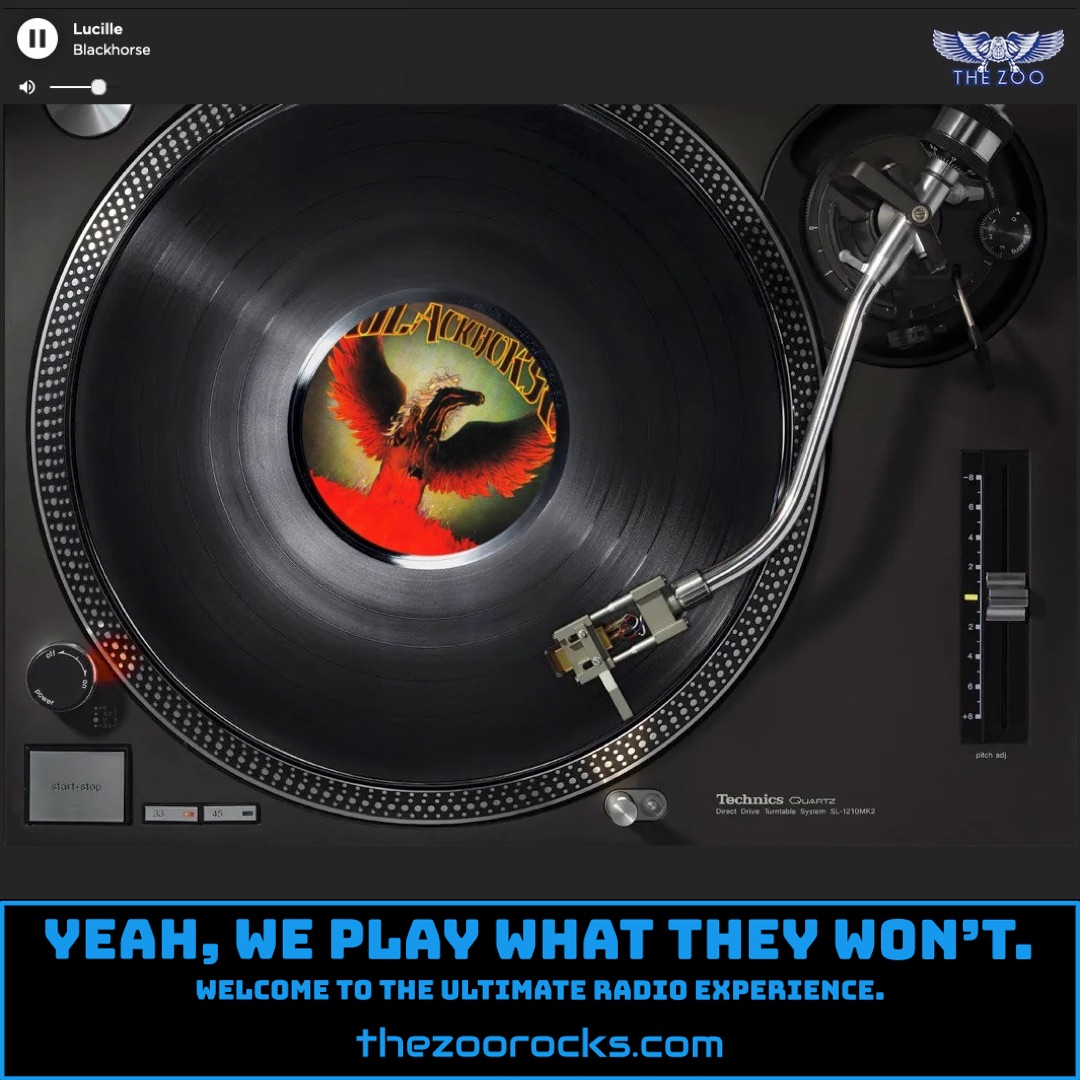The Needle and the Damage Done (Live 1971)
Neil Young
The Zoo Crew, those groovy hippie DJs at THE ZOO radio station, are spinning a haunting classic for all you Zoo Freaks out there: The Needle and the Damage Done (Live 1971) by Neil Young, taken from the iconic Live at Massey Hall 1971 album. This song, recorded during a solo acoustic performance on January 19, 1971, in Toronto, carries a heavy emotional weight. Young introduced it with a poignant reflection, saying, “Ever since I left Canada about five years ago or so and moved down south, I found out a lot of things that I didn’t know when I left… Got to see a lot of great musicians who nobody ever got to see for one reason or another.” These words set the stage for a song inspired by the devastating heroin addiction of musicians he knew, particularly his friend and Crazy Horse bandmate Danny Whitten, who tragically died of an overdose in 1972. The live version captures Young’s raw vulnerability, with just his voice and acoustic guitar, making it a standout moment from the Massey Hall concert.
One chilling story tied to the song involves Whitten’s final days. In 1972, as Young prepared for a tour to support his landmark album Harvest, which included The Needle and the Damage Done, he invited Whitten to rehearse at his Broken Arrow Ranch. Whitten’s addiction had worsened, and he struggled through rehearsals, unable to keep up. Young, heartbroken, gave him $50 and a plane ticket back to Los Angeles. Tragically, that same day, Whitten overdosed and passed away, an event that deeply affected Young and later influenced his 1975 album Tonight’s the Night. The song’s lyrics, like “I’ve seen the needle and the damage done / A little part of it in everyone,” resonate as a stark warning about addiction’s toll, drawn from Young’s personal grief and observations of the music scene in the late ‘60s and early ‘70s.
Another layer of trivia comes from the song’s enduring impact. It’s been covered by artists like The Pretenders, Eddie Vedder, and Tori Amos, showing its influence across genres. A post on X from @starshapedmike in 2022 highlighted its significance, noting it was written for Whitten and performed powerfully on MTV Unplugged. The Massey Hall performance itself almost didn’t see the light of day; Young’s producer, David Briggs, urged him to release it as the follow-up to After the Gold Rush, but Young opted for Harvest instead. Decades later, when Live at Massey Hall 1971 was finally released in 2007, Young admitted Briggs was right, saying, “This is the album that should have come out.” Fans on platforms like Reddit still rave about the album’s intimacy, with one user describing the chills of hearing Young introduce Old Man as a new song.
Neil Young’s journey to becoming a folk-rock legend began in Toronto, Canada, where he was born on November 12, 1945. Growing up in Ontario, Young faced health challenges early, battling polio as a child, which left him with a lifelong limp. His passion for music sparked in his teens when he started playing guitar and writing songs. In the mid-’60s, he joined the folk-rock band The Squires in Winnipeg, gigging around local venues. His big break came when he co-founded Buffalo Springfield in 1966 with Stephen Stills, blending folk, rock, and country in hits like For What It’s Worth. After the band split in 1968, Young went solo, releasing his debut album, Neil Young, in 1969. His career soared with albums like Everybody Knows This Is Nowhere with Crazy Horse and his pivotal role in Crosby, Stills, Nash & Young, cementing his reputation as a versatile, introspective songwriter.
Young’s official website, Neil Young Archives, is a treasure trove for fans, offering access to his extensive discography, unreleased recordings, and tour updates. You can follow him on social media via Facebook, Instagram, and X, where he shares news and reflections on his music. Fans connect through communities like the Neil Young Fans Facebook group, a hub for discussing his work and sharing memorabilia. Another fan-driven site, Thrasher’s Wheat, provides detailed discographies, reviews, and news for devoted followers. These platforms keep the spirit of Young’s music alive, much like the Zoo Freaks grooving to his timeless sound.

